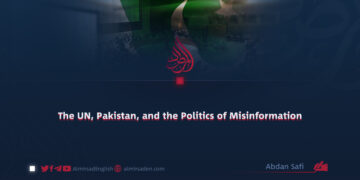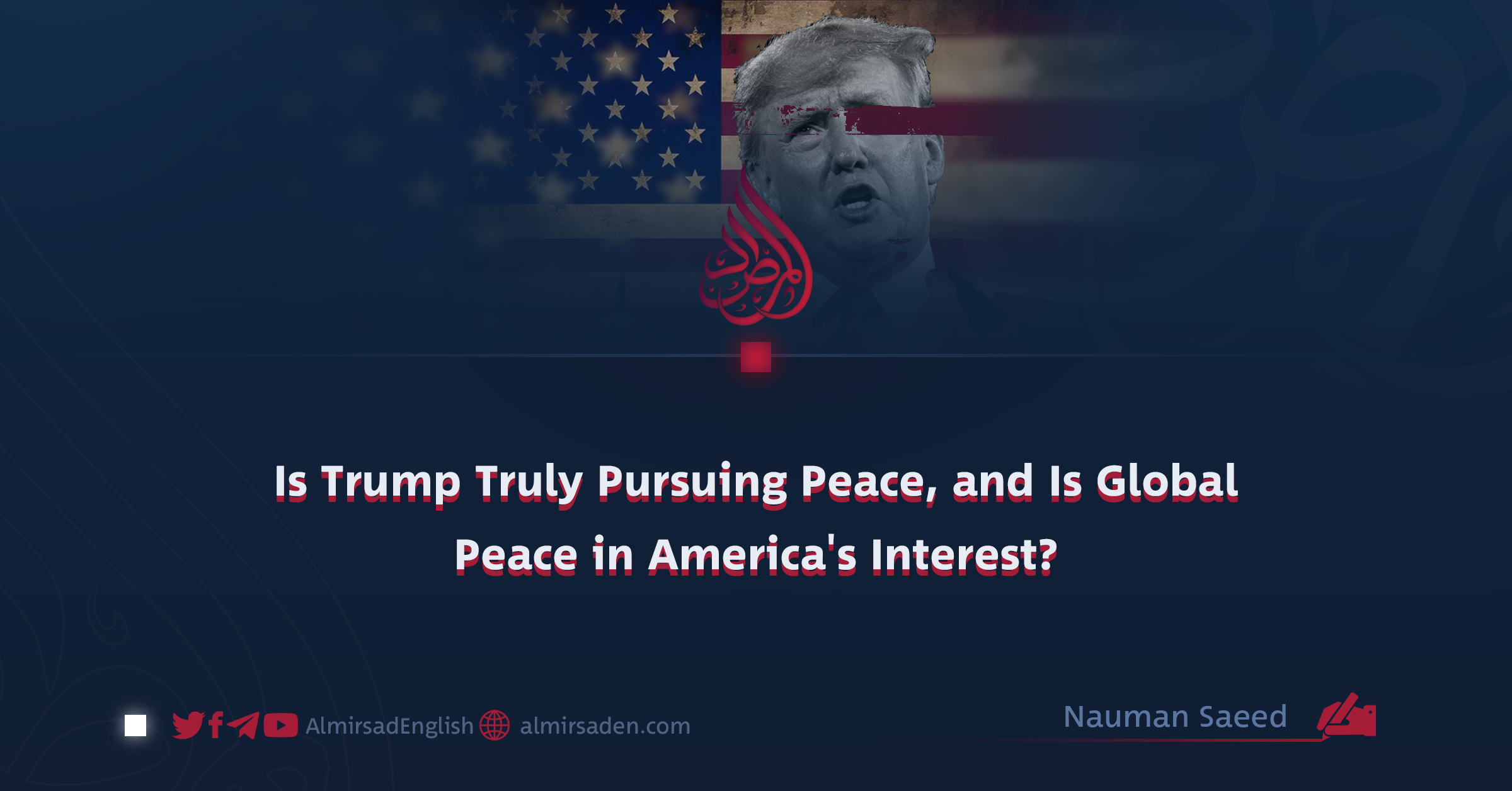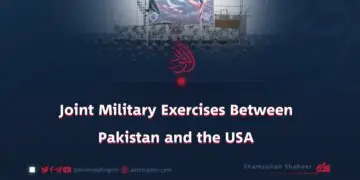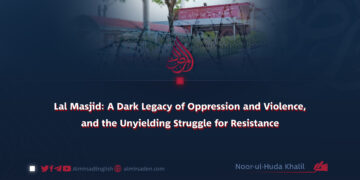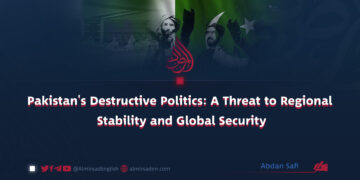Nauman Saeed
The question of whether Donald Trump genuinely seeks peace, and whether lasting global peace is even in the interest of the United States, requires careful consideration of the political, economic, and historical realities that shape America’s role in the world.
The Economics of War
A few undeniable truths stand out:
– As long as the West manufactures weapons, there will be wars in the world.
– As long as Western corporations control oil, there will be wars in the world.
– As long as the Western economy is built around militarism, there will be wars in the world.
– As long as war serves as a platform for investment opportunities, there will be wars in the world.
– As long as post-war reconstruction is treated as an economic venture, there will be wars in the world.
The renowned American historian Howard Zinn once observed that war is essential for the U.S. economy. During World War II, every American found work, and the economy doubled, even tripled, while Europe and much of the rest of the world lay in ruins.
Since 1945, the world has witnessed more than 248 major and minor conflicts, resulting in millions of deaths, countless injuries, and the displacement of entire populations. These wars unfolded in the shadow of World War II, which itself left millions dead, wounded, or uprooted, while spreading devastation across continents.
Western powers, directly or indirectly, armed aggressor states and turned conflicts into profitable markets for weapons sales. In many cases, wars were deliberately prolonged or even provoked to fuel the cycle of military expenditure and arms trade.
War as Consumption
Modern warfare is also a staggering drain on resources. A single fighter jet can burn in one hour the same amount of fuel an electric car consumes in a year. Today, global militaries, with the Pentagon foremost among them, rank among the world’s largest consumers of oil.
The scale of American military deployment illustrates the economic machine behind war. When 300,000 U.S. soldiers are stationed abroad, they bring with them nearly a million burgers, a million bottles of soda, and hundreds of thousands of other consumer goods, creating a logistical industry worth millions.
The costs are astronomical. The war in Ukraine has already exceeded $500 billion, while the Syrian conflict has consumed over $150 billion. The destruction is borne by nations and civilians, but post-war reconstruction consistently yields massive profits for Western corporations, just as American companies profited immensely after the invasion of Iraq.
Peace or Rhetoric?
If the United States genuinely sought lasting peace, Trump and other leaders would need to work with arms manufacturers to redirect technology toward civilian purposes. The trillions of dollars currently poured into weapons and wars could instead eradicate hunger and poverty, while raising the standard of living for ordinary people worldwide.
Yet the reality suggests otherwise. Trump’s pronouncements about peace amount to little more than hollow rhetoric. For America, peace represents an economic dead end. While he speaks of peace, he simultaneously backs the very corporations of arms and oil that thrive on conflict. Under such contradictions, how can true and sustainable global peace ever be achieved?



